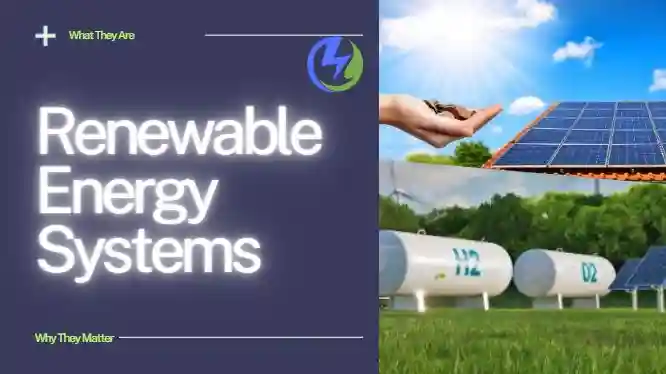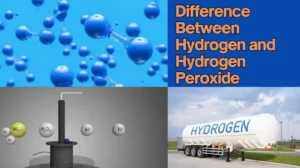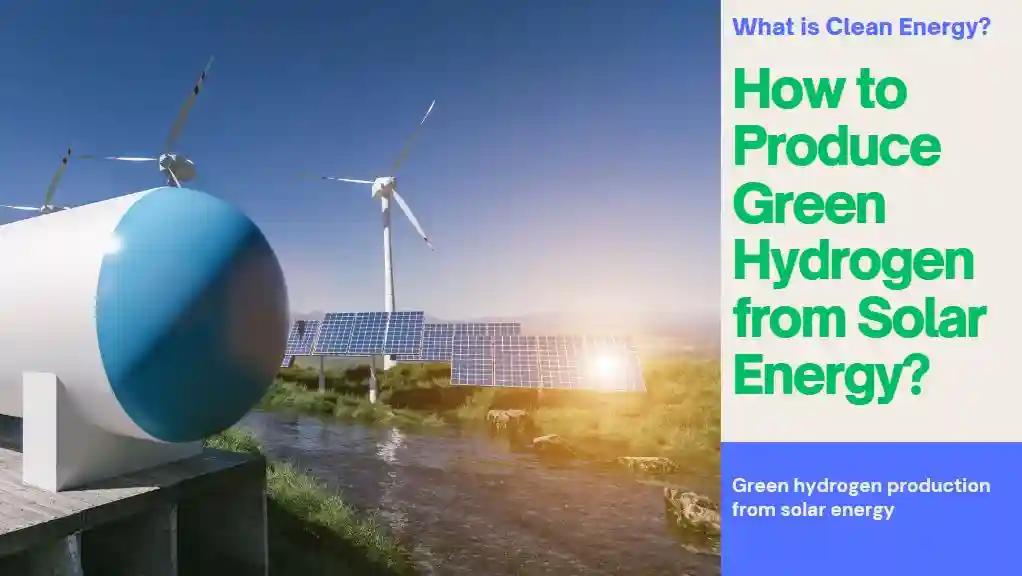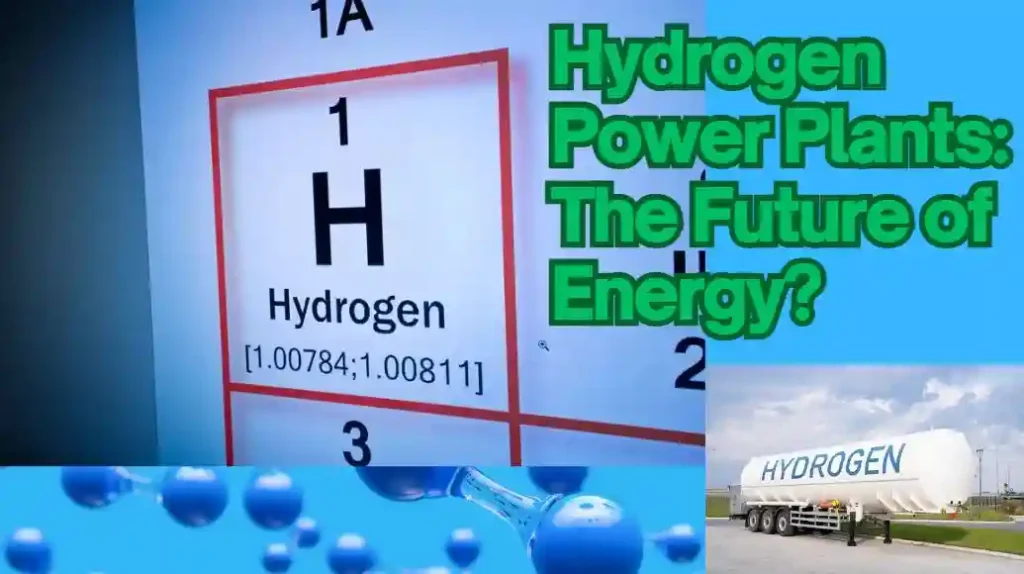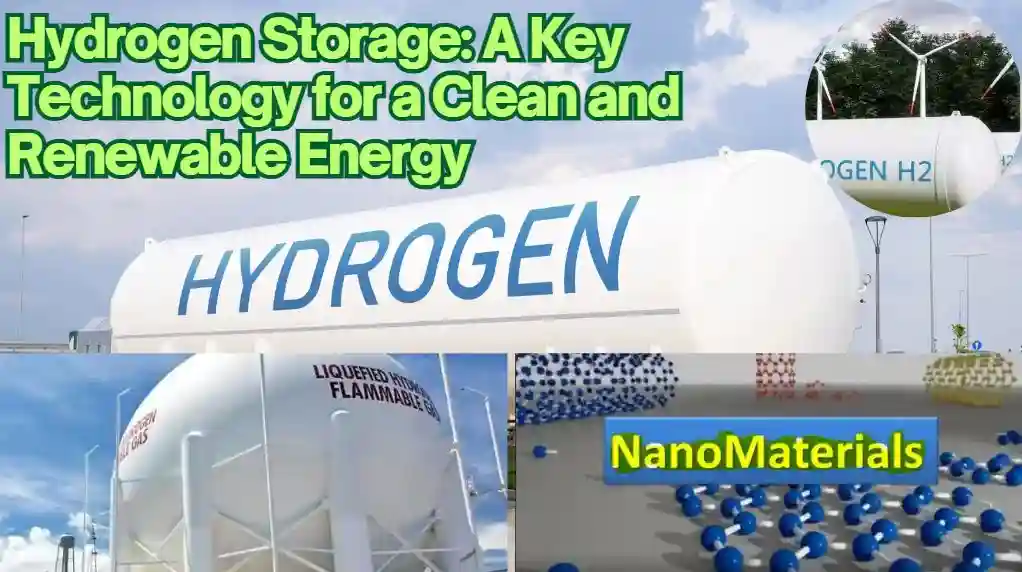Renewable energy systems are like super-powered sources of energy that never run out. They’re the clean and green way we get our power, and they’re a big deal because they help the environment and make sure we have energy for a long, long time. Let’s dive in and learn all about them!
What are renewable energy systems?
Renewable energy systems are ways of getting energy from nature. They use sources that do not run out or harm the environment. Some examples are:
- Solar energy: This is energy from the sun. We can use solar panels to turn sunlight into electricity or heat.
- Wind energy: This is energy from the wind. We can use wind turbines to turn wind into electricity.
- Hydro energy: This is energy from water. We can use dams or turbines to turn water flow into electricity.
- Geothermal energy: This is energy from the earth. We can use wells or pipes to get hot water or steam from underground.
- Biomass energy: This is energy from plants or animals. We can burn wood, crops, or waste to make heat or electricity.
- Tidal energy: This is energy from the sea. We can use devices to turn the rise and fall of tides into electricity.
For anyone considering solar or wind power, having a robust energy storage solution is vital. The Jackery Portable Power Station Explorer 5000 and the Goal Zero Yeti 1500X Portable Power Station are excellent options for storing and managing your renewable energy efficiently. These power stations ensure you have a steady supply of energy even when the sun isn’t shining or the wind isn’t blowing.
Why do we need renewable energy systems?
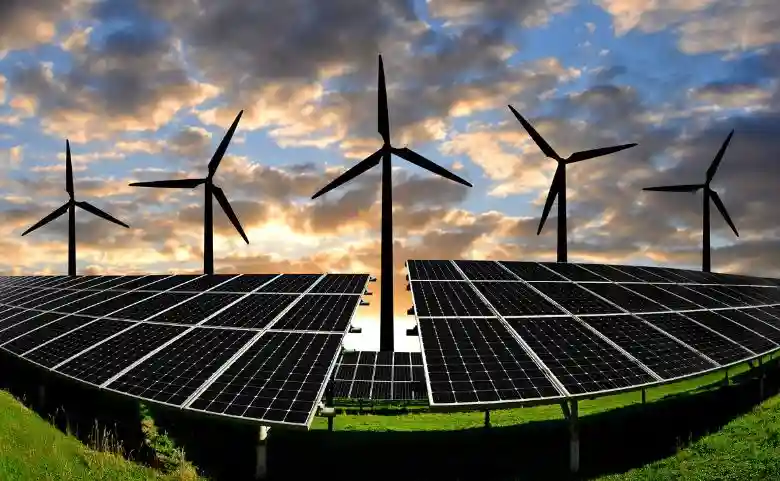
We need renewable energy systems for many reasons. Here are some of them:
- To fight climate change: Climate change is a big problem for our planet. It is caused by too much carbon dioxide (CO2) in the air. CO2 comes from burning fossil fuels like coal, oil and gas. Fossil fuels are not renewable. They will run out someday. They also pollute the air and water. Renewable energy systems do not produce CO2 or other harmful gases. They help us reduce our greenhouse gas emissions and slow down global warming.
- To save money: Renewable energy systems can save us money in the long run. They have low operating costs and do not depend on fuel prices. They also create jobs and boost the economy. Renewable energy systems can lower our electricity bills and make us more independent from foreign oil.
- To improve our health: Renewable energy systems can improve our health and well-being. They do not cause air pollution or noise pollution. Air pollution can cause diseases like asthma, cancer, and heart problems. Noise pollution can cause stress, hearing loss, and sleep problems. Renewable energy systems can make our air cleaner and quieter.
- To protect our environment: Renewable energy systems can protect our environment and wildlife. They do not use up natural resources or damage ecosystems. They do not create waste or toxic spills that can harm plants and animals. Renewable energy systems can preserve our natural beauty and biodiversity.
How can we use renewable energy systems?
We can use renewable energy systems in many ways. Here are some examples
- At home: We can install solar panels on our roofs or in our yards to power our lights, appliances, and devices. We can also use solar water heaters to heat our water for showers, washing, and cooking. We can use biomass stoves or fireplaces to warm our homes in the winter.
- At school: We can use wind turbines or solar panels to power our classrooms, computers, and labs. We can also use geothermal heat pumps to heat or cool our buildings. We can use biomass boilers to provide hot water for bathrooms and kitchens.
- At work: We can use hydropower plants or tidal power plants to power our factories, offices, and shops. We can also use geothermal power plants to provide steam for industrial processes. We can use biomass power plants to generate electricity from waste or crops.
- On the road: We can use electric cars, bikes, or buses that run on batteries charged by renewable energy sources. We can also use biofuels like ethanol or biodiesel that come from plants or animals to fuel our vehicles.
Frequently Asked Questions (FAQs)
How much renewable energy do we use?
According to the International Energy Agency (IEA), renewable energy will account for about 29% of global electricity generation in 2020. The main sources were hydro (16%), wind (6%), solar (3%), and biomass (2%). The IEA expects renewable energy to grow by 8% in 2021 and reach 33% of global electricity generation.
What are the challenges of renewable energy?
Some of the challenges of renewable energy are:
- Intermittency: Some renewable energy sources depend on weather conditions or the time of day. For example, solar panels do not work at night or on cloudy days. Wind turbines do not work when there is no wind or too much wind. This means that we need backup power sources or storage systems to balance the supply and demand of electricity.
- Cost: Some renewable energy systems have high upfront costs and need subsidies or incentives to compete with fossil fuels. For example, solar panels and wind turbines are expensive to install and maintain. However, the costs of renewable energy systems have been falling rapidly in recent years due to technological improvements and economies of scale.
- Infrastructure: Some renewable energy systems need new or upgraded infrastructure to connect them to the grid or consumers. For example, hydropower plants or tidal power plants need dams or barrages that can affect the environment and people. Geothermal power plants or biomass power plants need pipelines or transport networks that can be costly or difficult to build.
What are the benefits of renewable energy?
Some of the benefits of renewable energy are:
- Sustainability: Renewable energy systems use sources that are abundant and replenishable. They do not deplete natural resources or cause environmental degradation. They can provide energy for generations to come.
- Security: Renewable energy systems reduce our dependence on fossil fuels that are finite and unevenly distributed. They reduce the risk of price shocks, supply disruptions, or conflicts over energy resources. They increase our energy diversity and resilience.
- Innovation: Renewable energy systems stimulate innovation and creativity in science, technology, and engineering. They create new opportunities for research, development, and entrepreneurship. They foster collaboration and cooperation among different sectors and stakeholders.
Conclusion
Renewable energy systems are important for our future. They can help us solve many of the problems we face today, such as climate change, energy security, and health issues. They can also create many benefits for us, such as economic growth, social justice, and environmental protection. We can all play a part in using renewable energy systems and making our world a better place.
Disclosure: This content is reader-supported. As an Amazon Associate, we earn from qualifying purchases. Thank you for your support!

